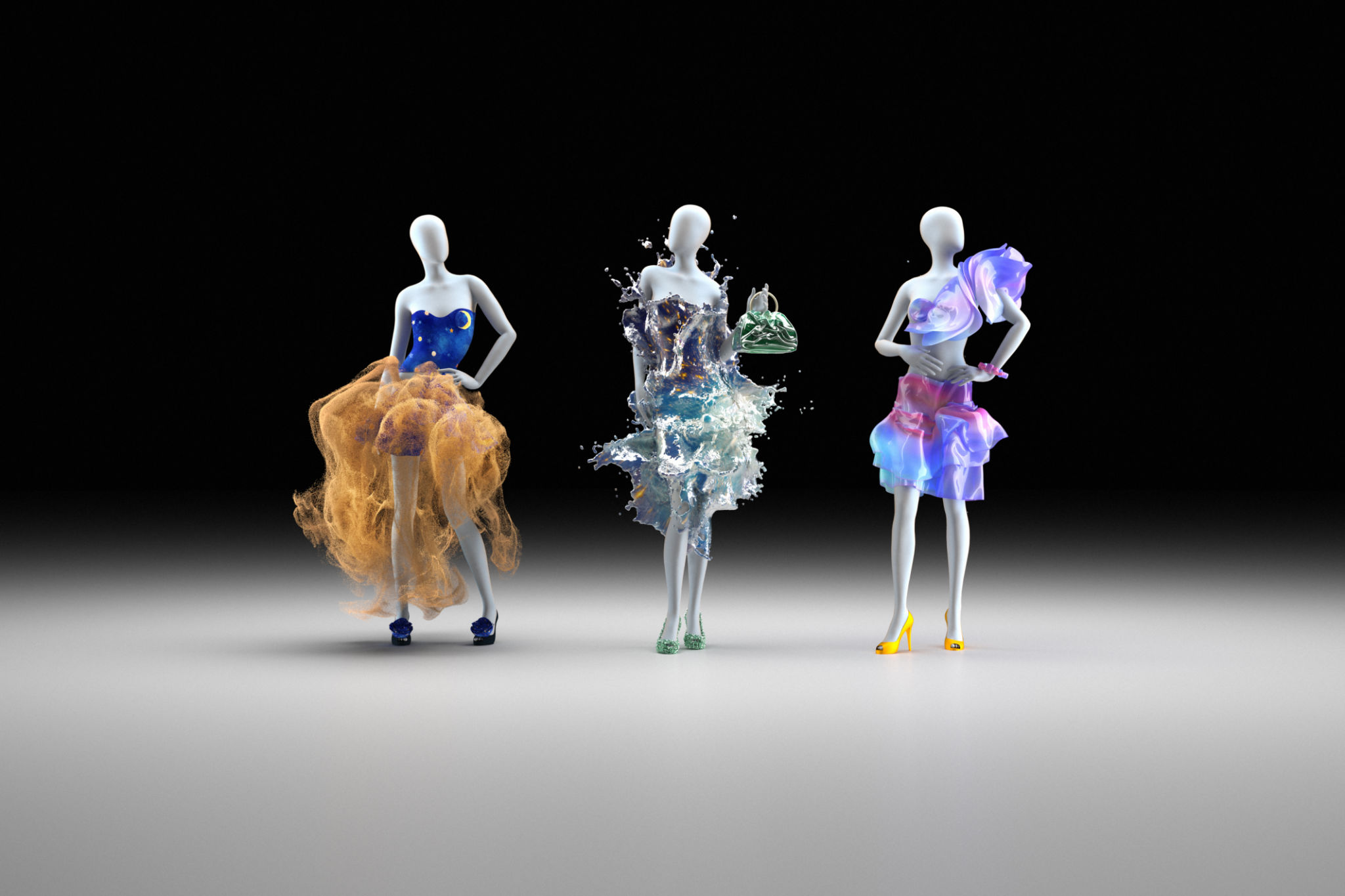From Runway to Real Life: How Tech is Changing Fashion Shows
The Digital Transformation of Fashion Shows
The fashion industry, known for its creativity and innovation, is undergoing a remarkable transformation thanks to advancements in technology. What was once an exclusive event accessible only to a select few is now reaching audiences worldwide, bridging the gap between the runway and real life. This evolution is not only altering how fashion is showcased but also reshaping consumer experiences.
One of the most significant changes is the integration of virtual and augmented reality into fashion shows. These technologies allow designers to create immersive experiences, transporting viewers to different worlds or enhancing the presentation with digital elements. As a result, audiences can enjoy a front-row seat to the latest collections from the comfort of their homes.

Live Streaming and Social Media Influence
Live streaming has become a staple in modern fashion shows, making them accessible to anyone with an internet connection. Platforms like Instagram, YouTube, and TikTok have made it easier for brands to reach a global audience in real time. This accessibility not only democratizes fashion but also enables designers to engage directly with their audience, receiving instant feedback and fostering brand loyalty.
Social media influencers and bloggers have also played a crucial role in this shift. By sharing their personal insights and experiences from fashion shows, they offer unique perspectives that resonate with their followers. This collaboration between influencers and brands helps to amplify the reach and impact of fashion events.

The Rise of Digital Runways
As sustainability becomes a pressing issue, the fashion industry is exploring ways to reduce its environmental footprint. Digital runways are emerging as an eco-friendly alternative to traditional shows. By digitizing collections, brands can minimize waste, reduce travel emissions, and create a more sustainable future for fashion.
Moreover, digital platforms provide endless creative possibilities. Designers can experiment with virtual garments and 3D models, pushing the boundaries of conventional fashion presentations. These innovations open up new avenues for artistic expression and set the stage for future trends.

Artificial Intelligence and Personalization
Artificial intelligence (AI) is revolutionizing how fashion shows are curated and experienced. Through data analysis, AI can predict trends, personalize recommendations, and even assist in the design process. This technology enables brands to tailor their offerings to individual preferences, enhancing customer satisfaction.
AI-driven chatbots and virtual assistants also enhance user interaction during fashion shows. They provide real-time information about collections, designers, and purchasing options, creating a seamless experience for viewers worldwide.
Conclusion: The Future of Fashion Shows
The integration of technology into fashion shows marks a new chapter in the industry’s evolution. By embracing these innovations, brands can reach wider audiences, create sustainable practices, and offer personalized experiences that resonate with consumers. As technology continues to advance, it will undoubtedly shape the future of fashion in exciting and unexpected ways.
The journey from runway to real life is just beginning, promising an era where fashion is more inclusive, engaging, and sustainable than ever before.
